Products Lineup
News / Blog
Other Menus
Product lineup:others
-
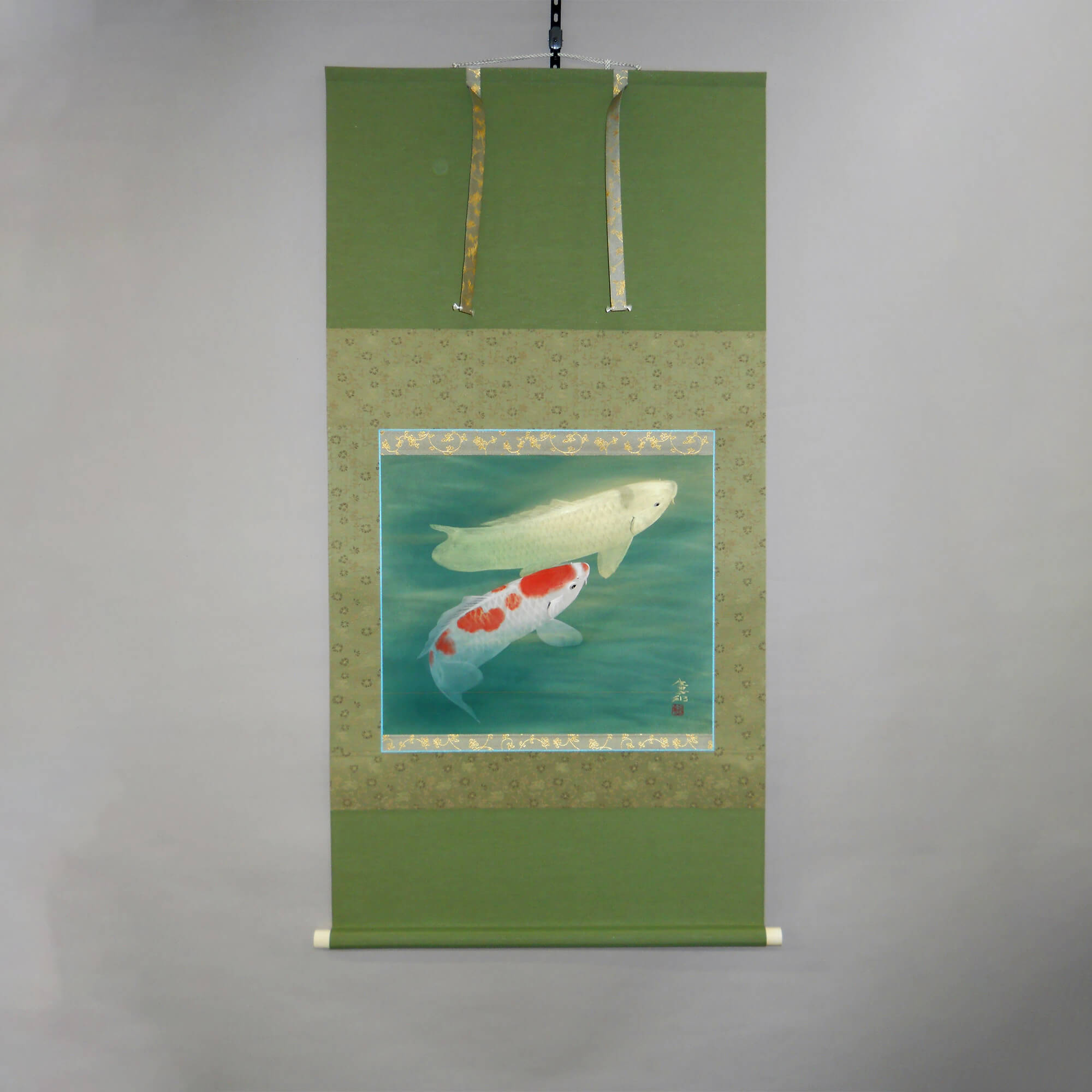 Product ID-0224
Kakejiku Hanging Scroll: Koi Fish / Kawamura Kenpō
Koi
Product ID-0224
Kakejiku Hanging Scroll: Koi Fish / Kawamura Kenpō
Koi
-
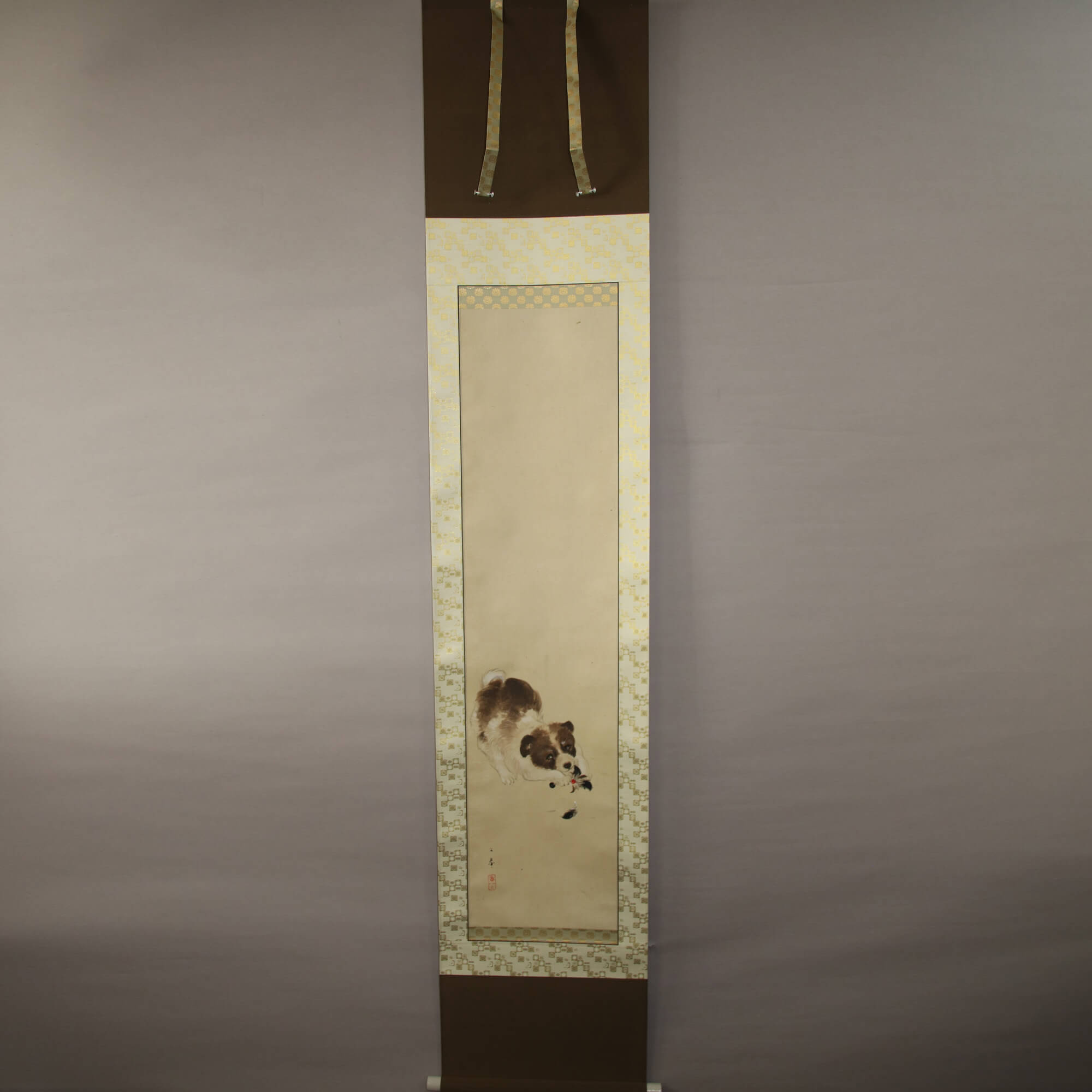 Product ID-0233
Kakejiku Hanging Scroll: Picture of Puppy / Mori Kōkyo
Kushi no zu
Product ID-0233
Kakejiku Hanging Scroll: Picture of Puppy / Mori Kōkyo
Kushi no zu
-
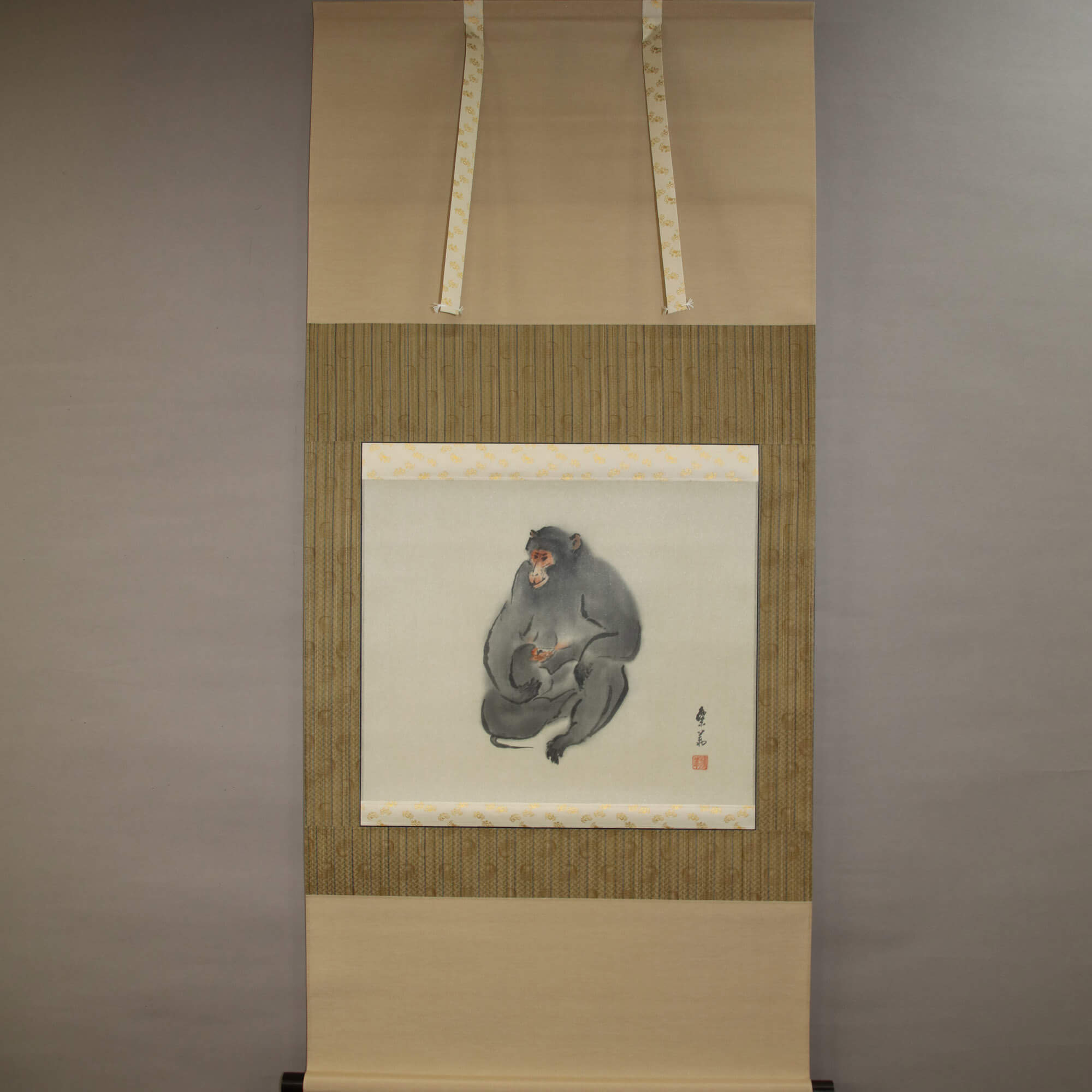 Product ID-0243
Kakejiku Hanging Scroll: Monkey / Nishiwaki Hanka
Saru
Product ID-0243
Kakejiku Hanging Scroll: Monkey / Nishiwaki Hanka
Saru
-
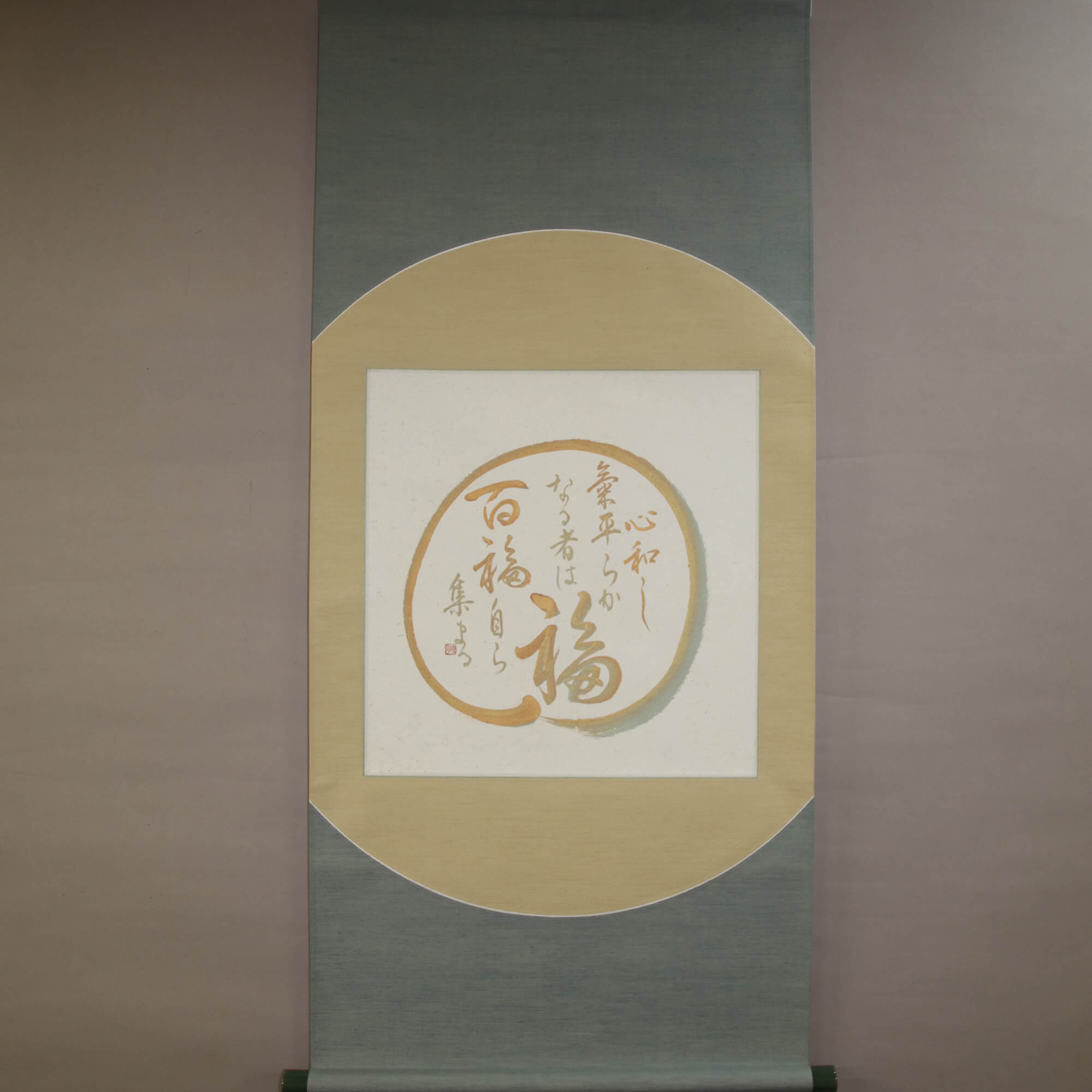 Product ID-0245
Kakejiku Hanging Scroll: Calligraphy: Lots of Happiness / Kawai Eishū
Hyakufuku
Product ID-0245
Kakejiku Hanging Scroll: Calligraphy: Lots of Happiness / Kawai Eishū
Hyakufuku
-
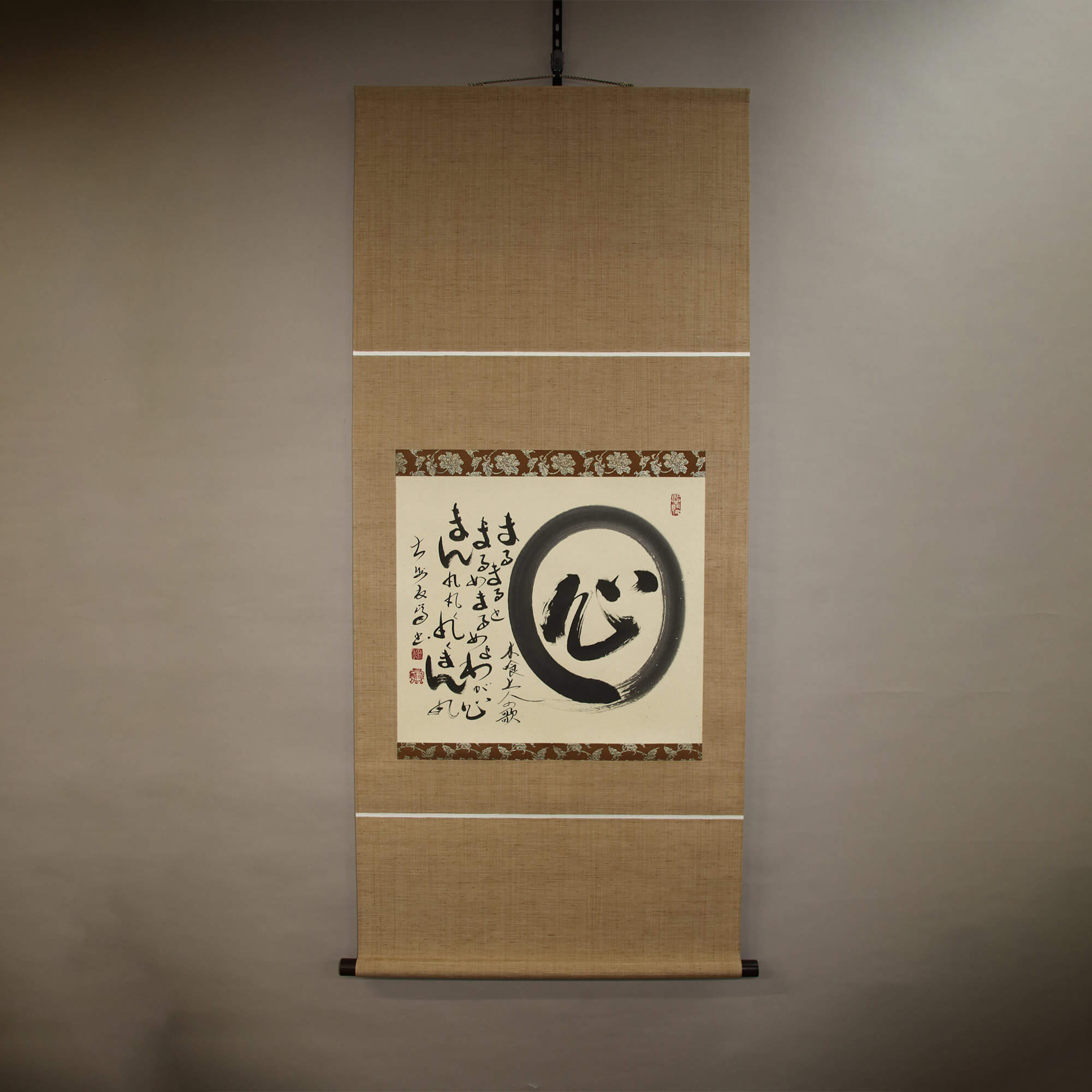 Product ID-0251
Kakejiku Hanging Scroll: Calligraphy: Round Heart / Takahashi Yūhō
Marui Kokoro
Product ID-0251
Kakejiku Hanging Scroll: Calligraphy: Round Heart / Takahashi Yūhō
Marui Kokoro
-
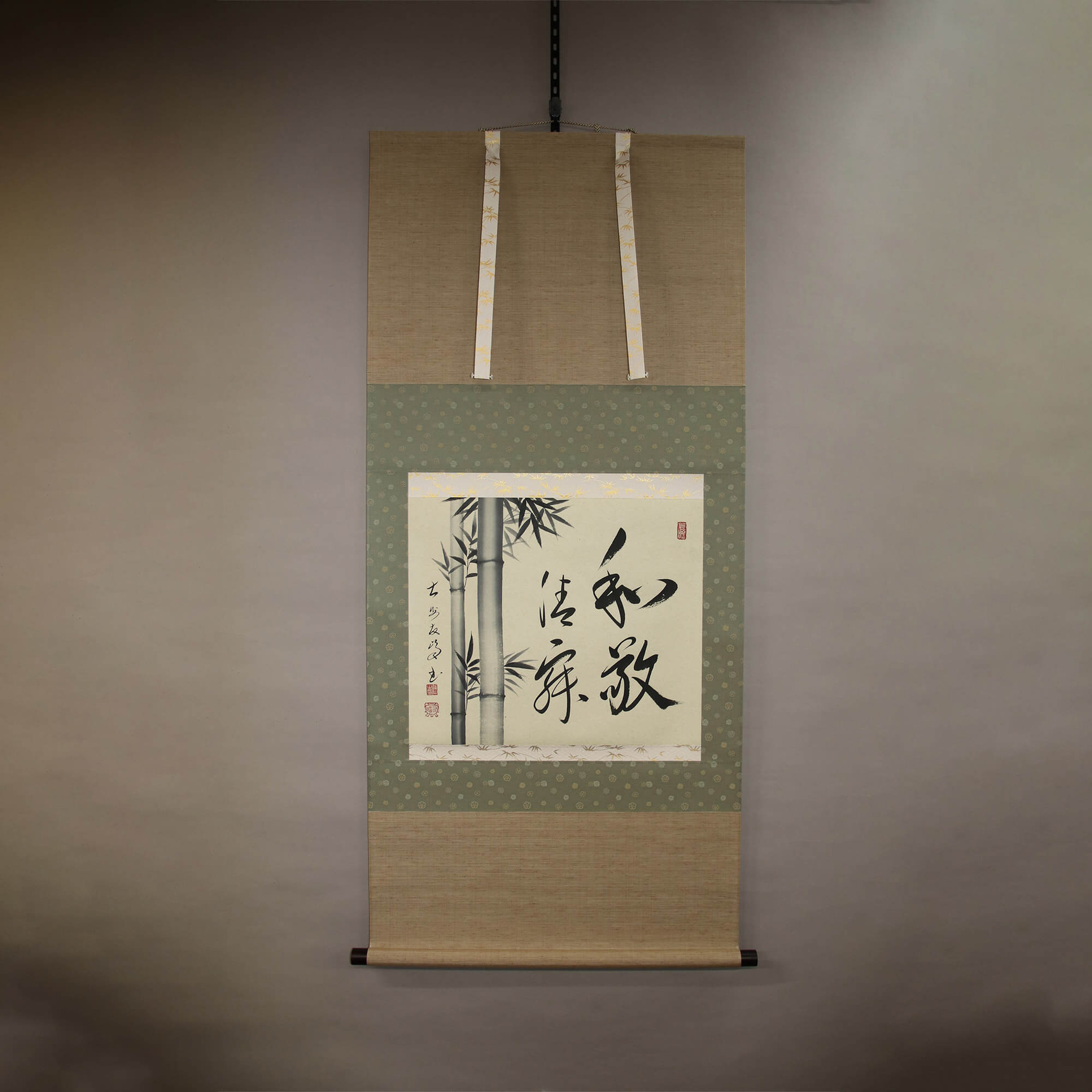 Product ID-0252
Kakejiku Hanging Scroll: Calligraphy: Harmony, Respect, Purity and Tranquility & Bamboos / Takahashi Yūhō
Wakei Seijaku & Take
Product ID-0252
Kakejiku Hanging Scroll: Calligraphy: Harmony, Respect, Purity and Tranquility & Bamboos / Takahashi Yūhō
Wakei Seijaku & Take
-
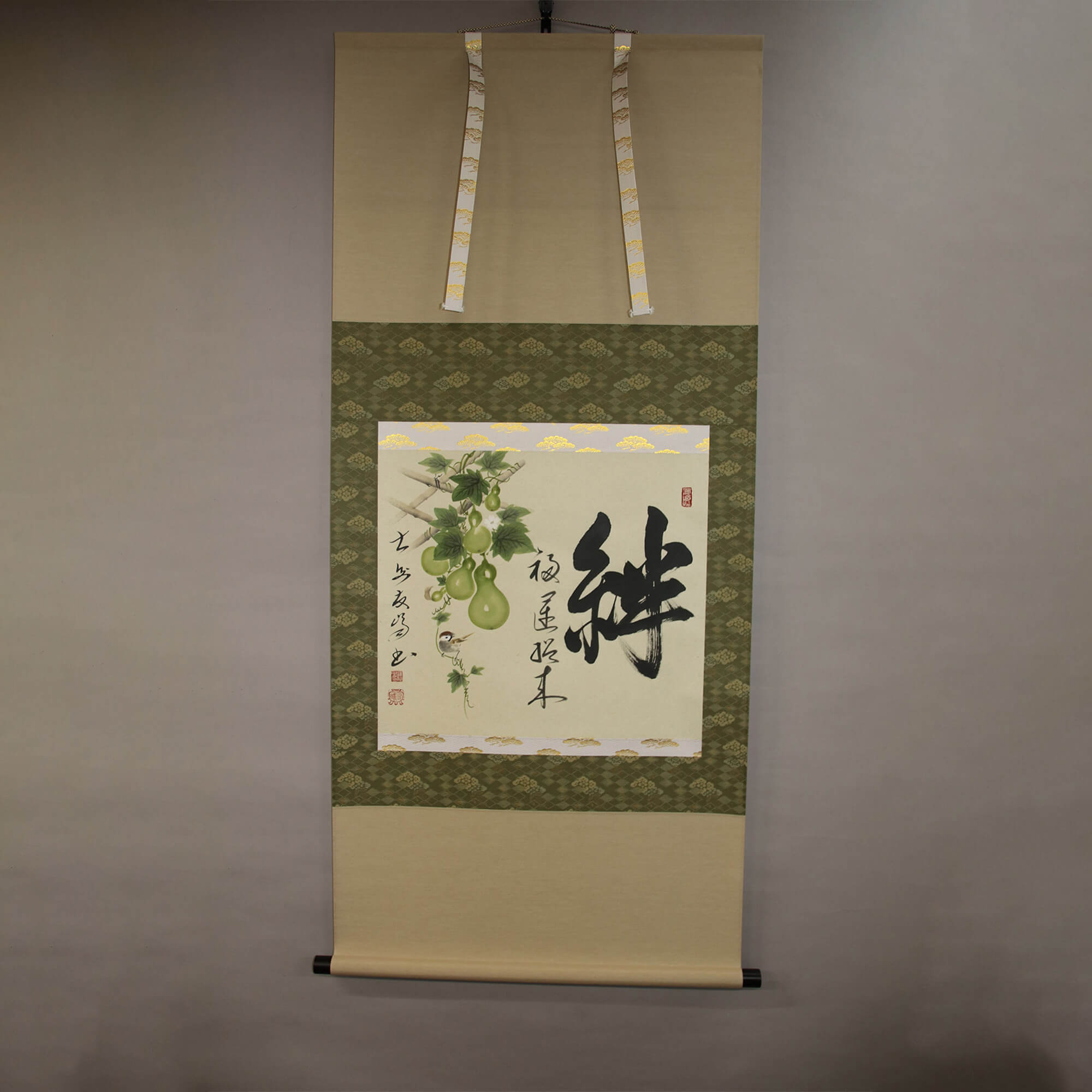 Product ID-0253
Kakejiku Hanging Scroll: Calligraphy: Bond & 6 Gourds / Takahashi Yūhō
Kizuna & Mubyō
Product ID-0253
Kakejiku Hanging Scroll: Calligraphy: Bond & 6 Gourds / Takahashi Yūhō
Kizuna & Mubyō
-
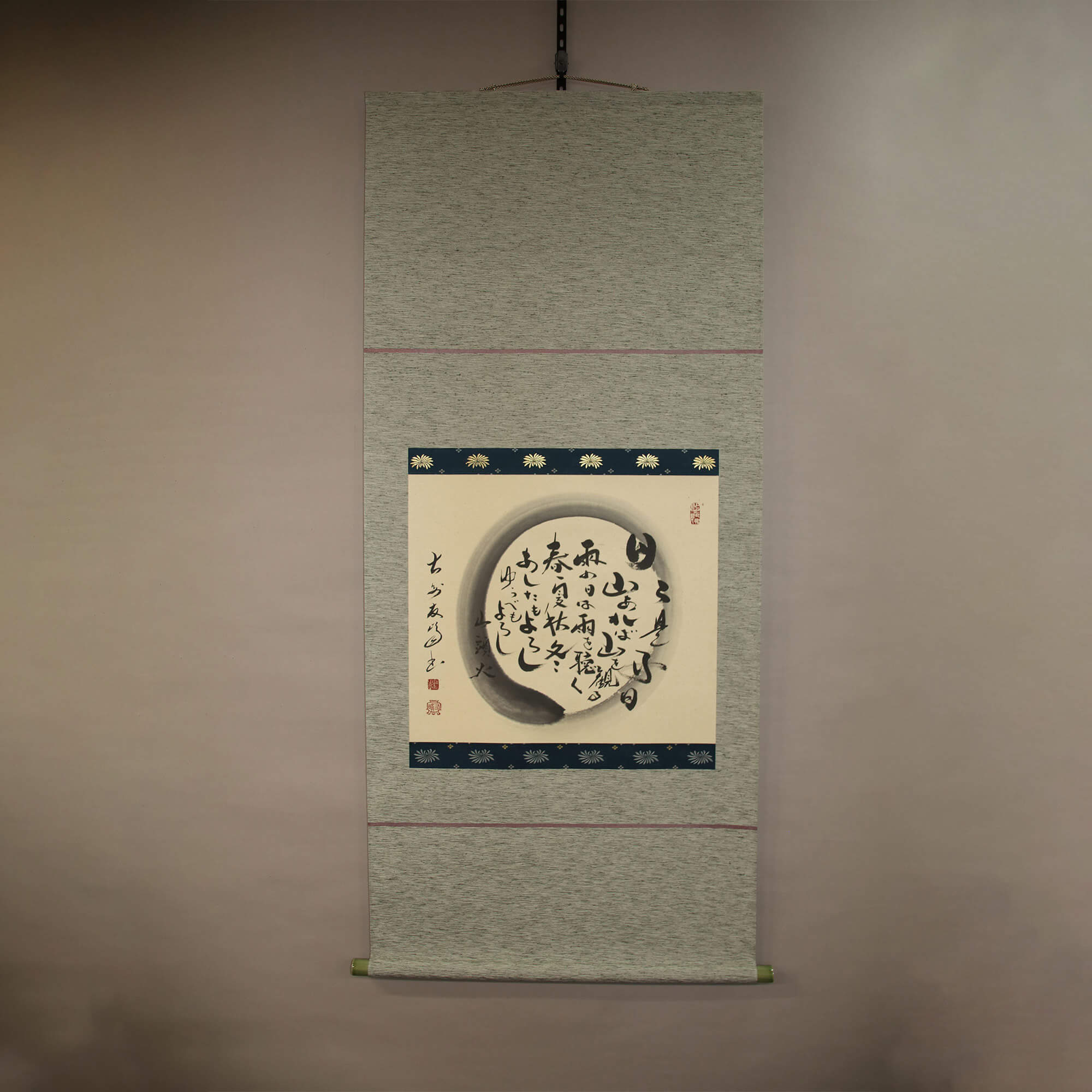 Product ID-0254
Kakejiku Hanging Scroll: Calligraphy: Every Single Day Is Wonderful & Santōka / Takahashi Yūhō
Hibikorekōjitsu & Santōka
Product ID-0254
Kakejiku Hanging Scroll: Calligraphy: Every Single Day Is Wonderful & Santōka / Takahashi Yūhō
Hibikorekōjitsu & Santōka
-
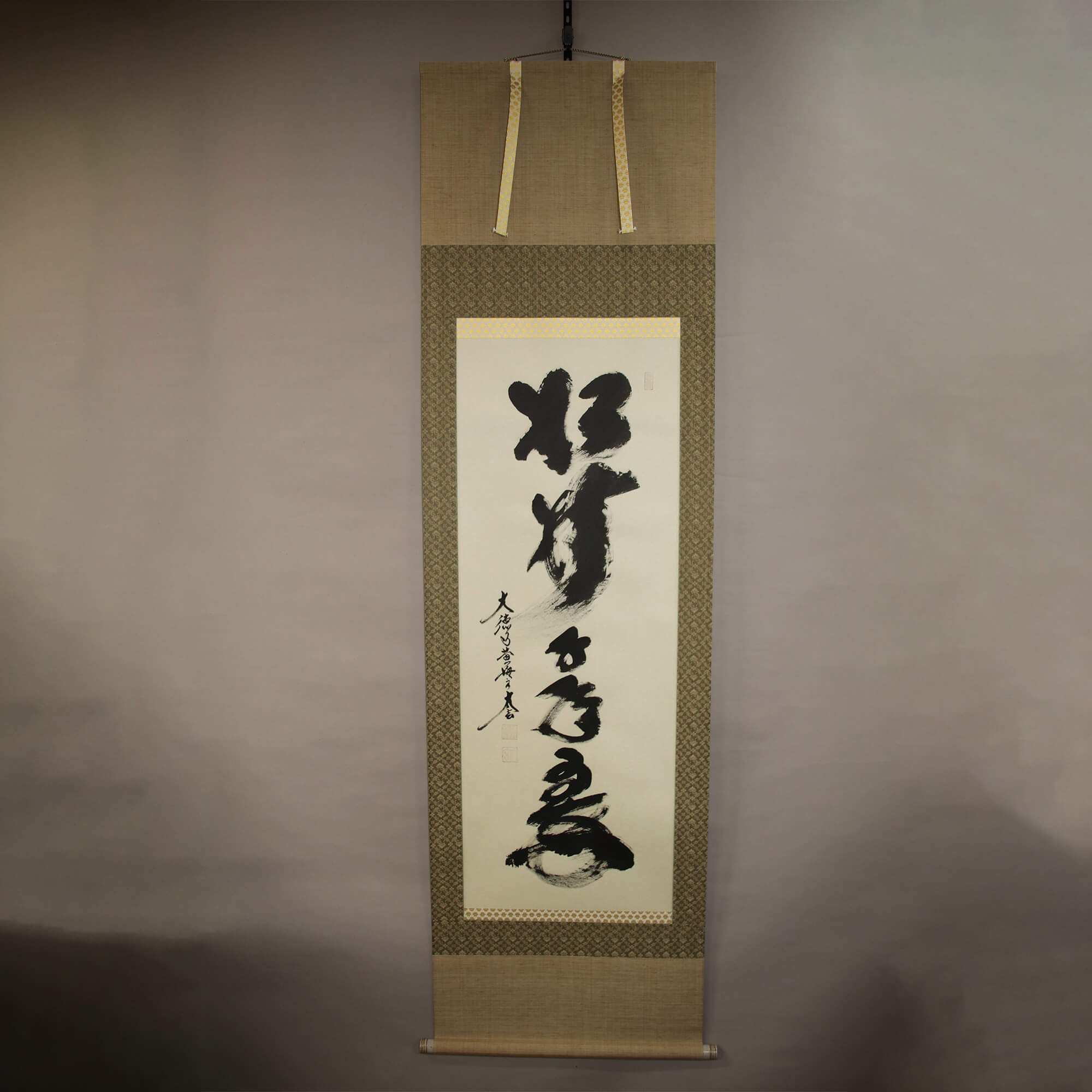 Product ID-0258
Kakejiku Hanging Scroll: Calligraphy: Pine Tree in 1000-Year Green / Kobayashi Taigen
Shōju Sennen no Midori
Product ID-0258
Kakejiku Hanging Scroll: Calligraphy: Pine Tree in 1000-Year Green / Kobayashi Taigen
Shōju Sennen no Midori
-
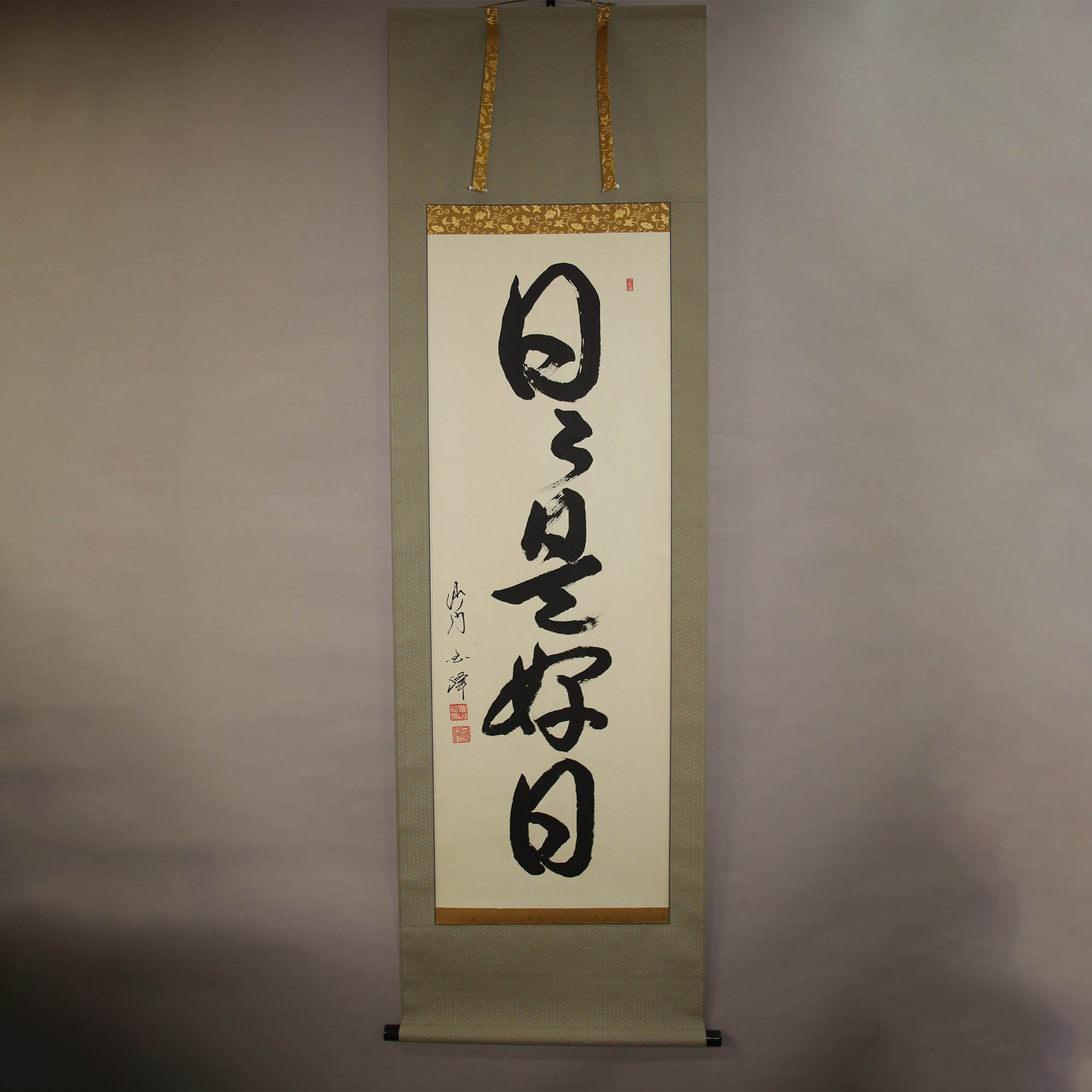 Product ID-0259
Kakejiku Hanging Scroll: Calligraphy: Every Single Day Is Wonderful / Tomita Kokuhō
Hibi Kore Kōjitsu
Product ID-0259
Kakejiku Hanging Scroll: Calligraphy: Every Single Day Is Wonderful / Tomita Kokuhō
Hibi Kore Kōjitsu
-
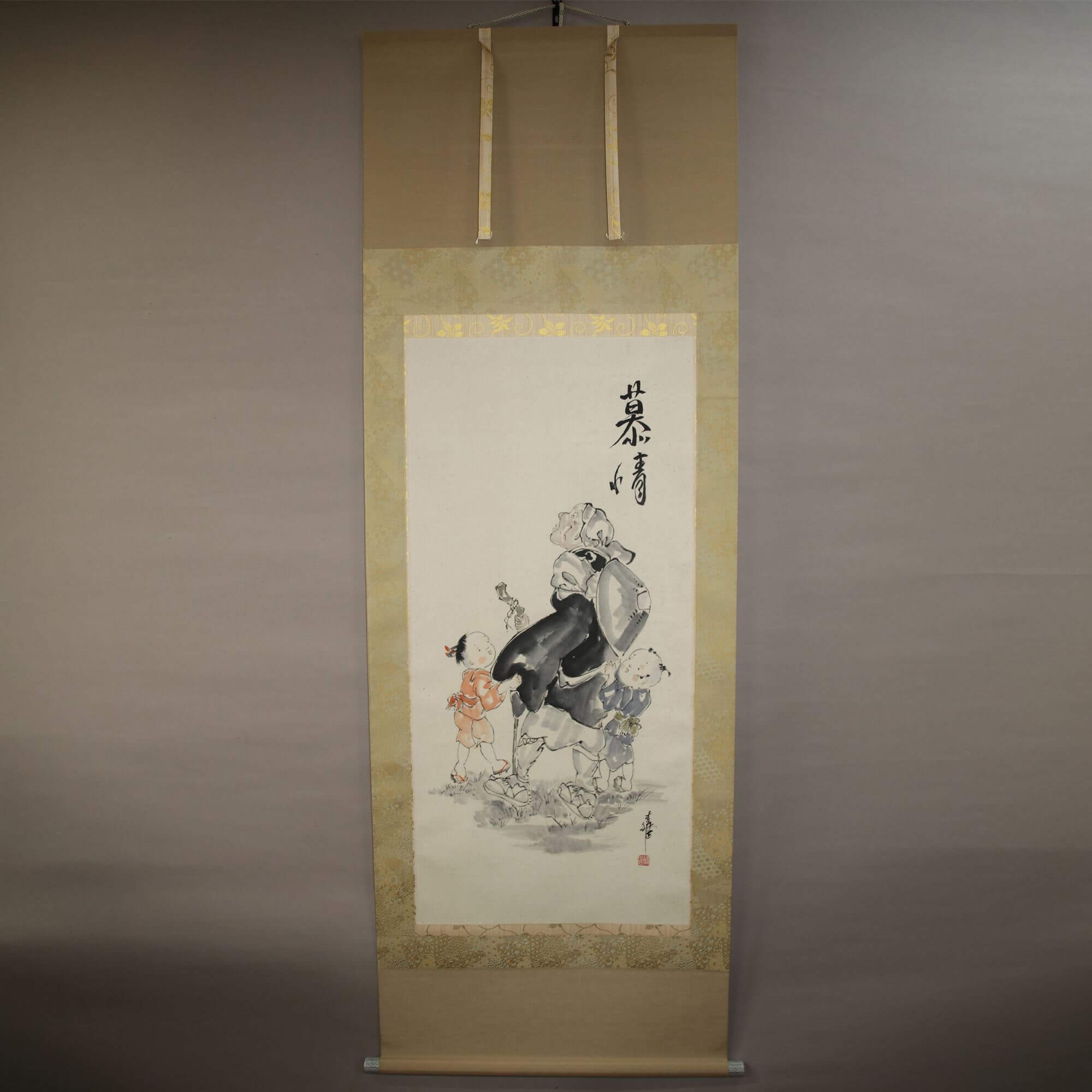 Product ID-0262
Kakejiku Hanging Scroll: Ryōkan: Bojō (Feeling of Cherish / Love) / Kawahito Katsunobu
Ryōkan: Bojō
Product ID-0262
Kakejiku Hanging Scroll: Ryōkan: Bojō (Feeling of Cherish / Love) / Kawahito Katsunobu
Ryōkan: Bojō
-
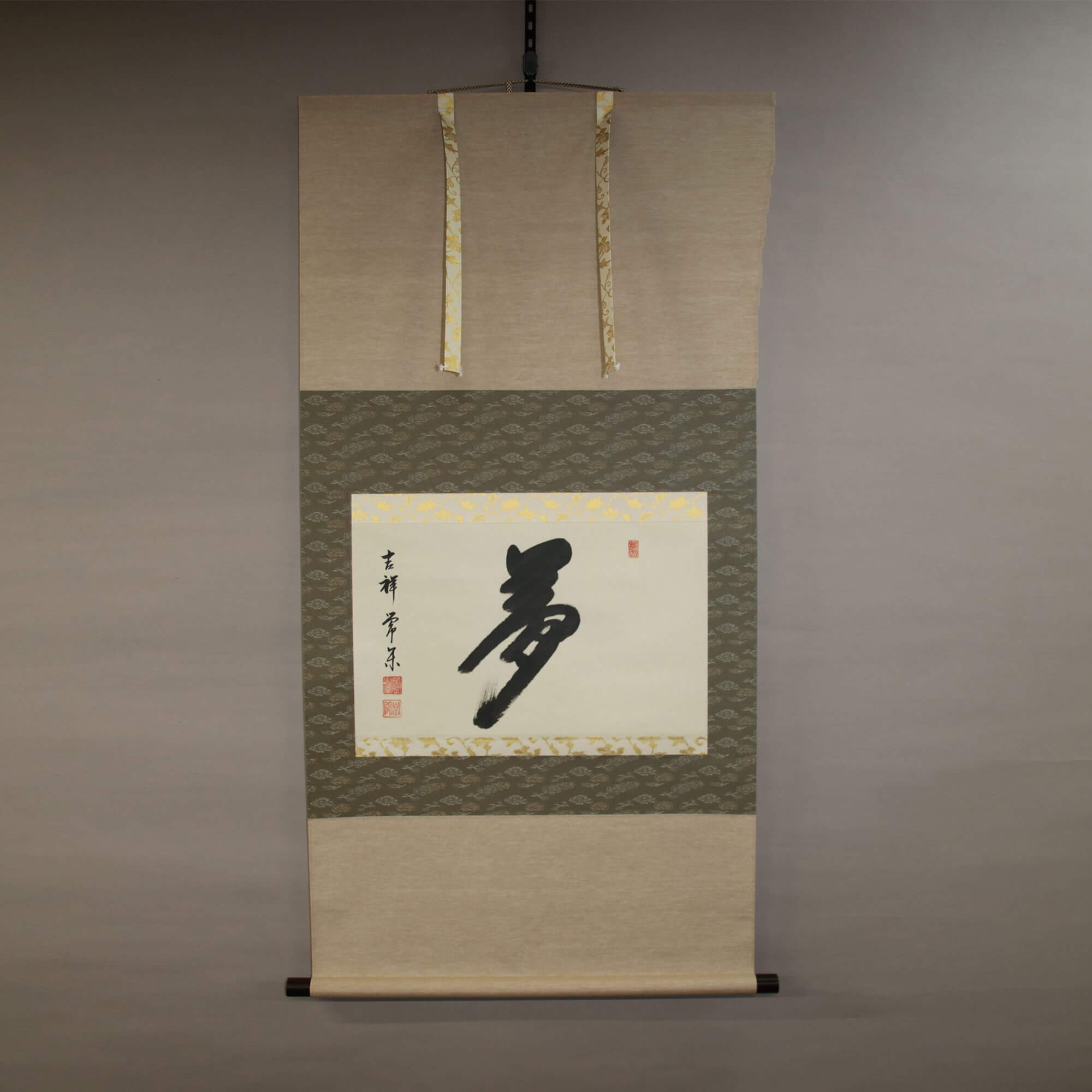 Product ID-0263
Kakejiku Hanging Scroll: Calligraphy: Dream / Tsuji Jōkan
Yume
Product ID-0263
Kakejiku Hanging Scroll: Calligraphy: Dream / Tsuji Jōkan
Yume
Contact Us
Please fill out the form below and submit for your inquiry.
Your privacy is important to us. We are committed to protecting your privacy.
(or press ESC or click the overlay)
CEO Message
(or press ESC or click the overlay)Our Feelings For Kakejiku
Company Profile
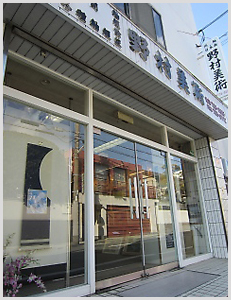
Name Art Nomura
President Tatsuji Nomura
Founded1973
Established1992
Address7-23 Babadori, Tarumi-ku, Kobe city,
Hyougo Prefecture, 655-0021, Japan
Capital10 million yen
URLhttp://nomurakakejiku.com
Our Business
Art Nomura is an art dealer which produces kakejiku (hanging scrolls). We mount many paintings and calligraphic works in kakejiku in my factory. Kakejiku are our main product. We also remount and repair old or damaged kakejiku. We share the traditional Japanese art of kakejiku with people all over the world.
(or press ESC or click the overlay)
Access Map
(or press ESC or click the overlay)Access Map
